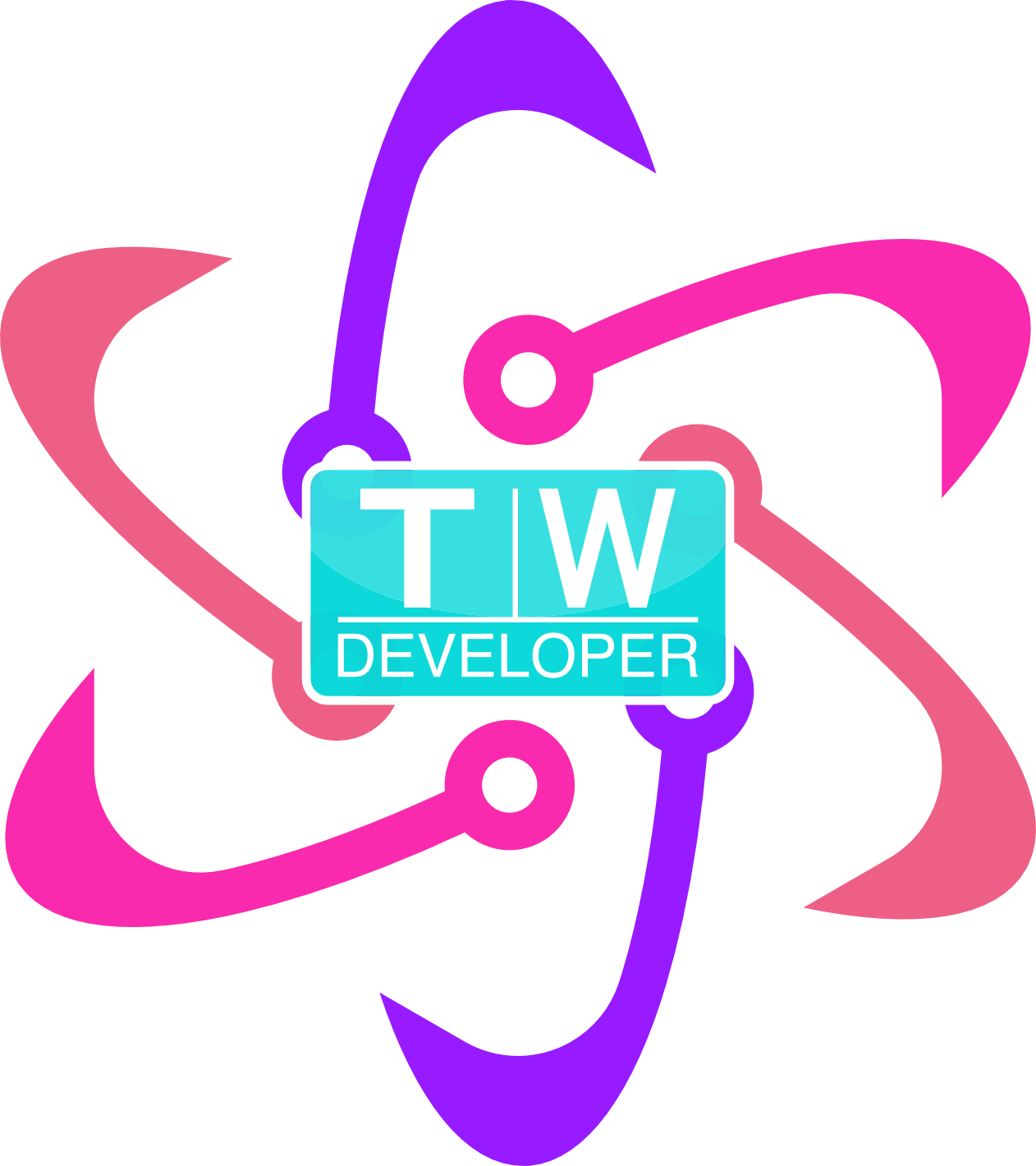There are a lot of tools at our disposal as web developers. JavaScript has been in the tech news recently, with developers complaining of “JavaScript fatigue”— with frameworks and libraries coming out everyday it seems, who can blame them?
How do you avoid the never-ending rabbit hole of jumping from one technology to another? Cindy Potvin came up with a solution I am going to talk about here: making a learning map.
What is a Learning Map?
It consists of three parts:

- Core Skills (in turquoise)
- These are skills you use on a daily basis that you need to have a solid grasp on to build any applications. These include: JavaScript, HTML, and CSS. If you are struggling with the basics of these, moving on to the next part of the map is not advisable.
- Satellite Skills (in green)
- These aren’t must have skills depending on what you want to get out of your application or website. Also, it depends on your experience as a web developer how far you go with these. You may want to work with MVC (something like React for Views) or backend frameworks (Node.js for the server), but those aren’t necessary to be a web developer, especially if design and front-end are something you want to focus on.
- Helper Skills (in purple)
- These are skills that aren’t related to your core skills but could be useful. For instance, algorithms aren’t a necessary skill but one that could come in handy when interviewing.
Analyzing Your Map
There are a lot of tools at our disposal as web developers. JavaScript has been in the tech news recently, with developers complaining of “JavaScript fatigue”— with frameworks and libraries coming out everyday it seems, who can blame them?
How do you avoid the never-ending rabbit hole of jumping from one technology to another? Cindy Potvin came up with a solution I am going to talk about here: making a learning map.
What is a Learning Map?
It consists of three parts:

- Core Skills (in turquoise)
- These are skills you use on a daily basis that you need to have a solid grasp on to build any applications. These include: JavaScript, HTML, and CSS. If you are struggling with the basics of these, moving on to the next part of the map is not advisable.
- Satellite Skills (in green)
- These aren’t must have skills depending on what you want to get out of your application or website. Also, it depends on your experience as a web developer how far you go with these. You may want to work with MVC (something like React for Views) or backend frameworks (Node.js for the server), but those aren’t necessary to be a web developer, especially if design and front-end are something you want to focus on.
- Helper Skills (in purple)
- These are skills that aren’t related to your core skills but could be useful. For instance, algorithms aren’t a necessary skill but one that could come in handy when interviewing.
Analyzing Your Map
You may find you are weak in some areas and need to spend more time focusing on them before you get to the outside set of skills. Or, you may find out that some of these skills don’t interest you at all and move onto something different altogether. The important thing here is to list them, color code them, and see what you’re solid in and what you need to get better at. [Tweet “Don’t fall prey to FOMO and the framework rabbit hole. Have a plan.”]

